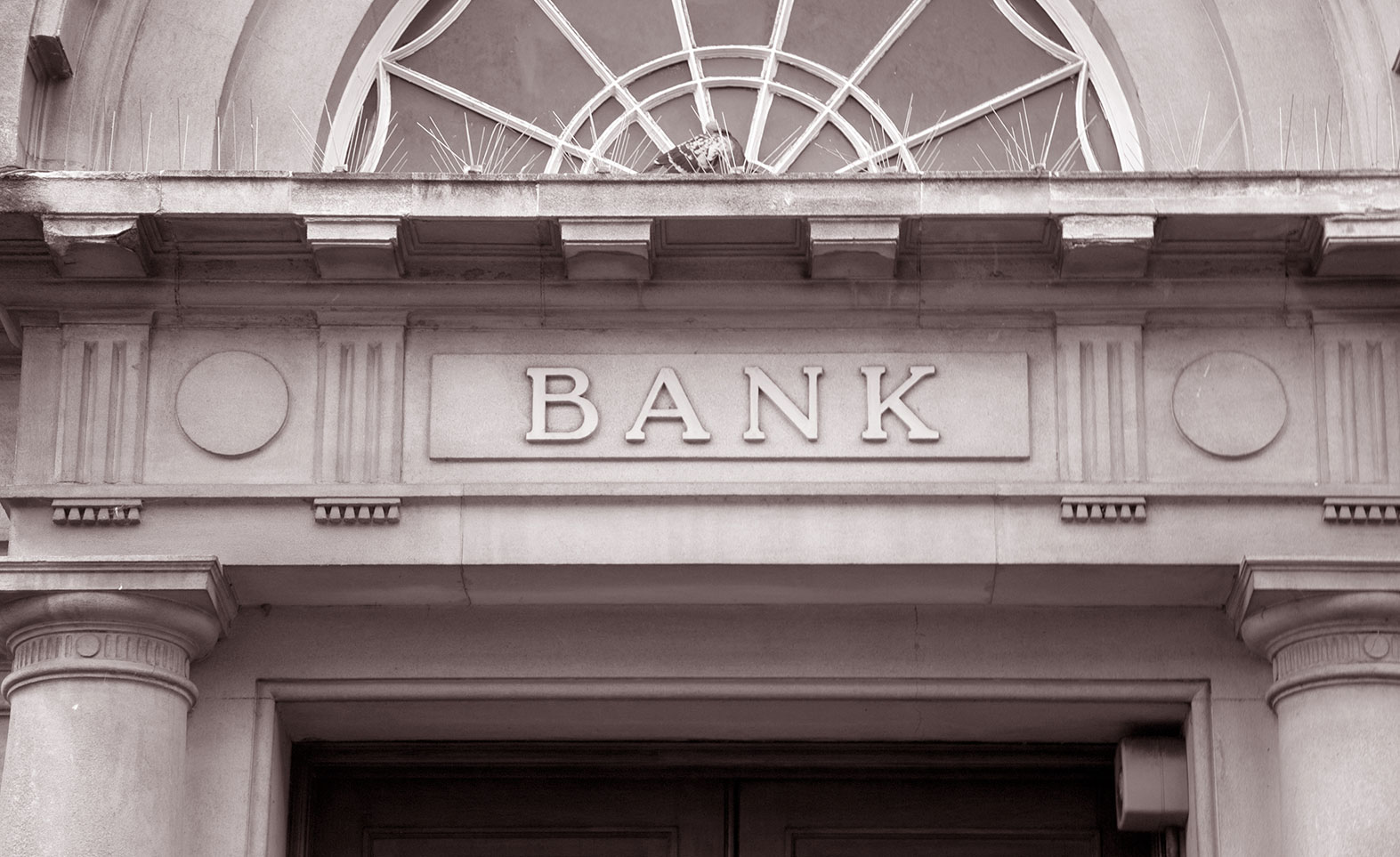
May 9, 2021
In the 2021-22 Union Budget Finance Minister Smt. Nirmala Sitharaman announced the formation of a ‘bad bank’.
A bad bank is a financial institution aimed at helping banks better manage the problem of non-performing assets.
An asset reconstruction company( ARC) model is expected to prove more effective in early resolution of bad loans.
National Asset Reconstruction Company Ltd (NARCL) will pay up to 15 percent of the agreed value for the loans in cash and the remaining 85 percent would be government-guaranteed security receipts.

One of the key announcements made by Finance Minister Smt. Nirmala Sitharaman in the 2021-22 Union Budget was the formation of a ‘bad bank’, a financial institution aimed at helping banks better manage the problem of their non-performing assets. The idea of such an entity was first floated in 2018, as a part of ‘Project Sashakt’, the Government’s plan for the resolution of the bad loans problem of public sector banks.
However, with the pandemic unleashing unprecedented disruption across the global and Indian economy, this acquired greater urgency. Sectors such as Travel & Tourism, Restaurants,, Textiles, Gems & Jewellery, Automobile, Infrastructure, Retail Trade, Steel, Power and Cement have seen a significant drop in demand in the past year, leading to greater risk of NPAs. While the six month moratorium announced by the Government in the wake of the pandemic provided temporary relief for companies, a rise in NPAs is still anticipated with credit rating agency Crisil projecting that gross NPAs of banks could rise by 150-200 basis points (bps) in the financial year 2020-2021.
In May 2020, the Indian Banks’ Association (IBA) submitted a proposal to set up an asset reconstruction company (ARC), an asset management company (AMC) and an alternate Investment Fund (AIF). In response, the Government announced the formation of the National Asset Reconstruction Company Ltd (NARCL), which is likely to be operational from June 2021. It will be run in collaboration with both public and private sector banks. As per the Reserve Bank of India (RBI) guidelines, loans classified as fraud cannot be sold to NARCL.
Across the globe, there have been several successful examples of bad asset resolution through a bad bank. Back in 1988, the Mellon Bank relied on UK Asset Resolution (UKAR), a bad bank to hold bad assets of $1.4 billion. UKAR not only repaid its 48.7 billion pound loan from taxpayers, but has made great strides in selling most of its asset portfolios.
It is expected that National Asset Reconstruction Company Ltd (NARCL) will pay up to 15 percent of the agreed value for the loans in cash and the remaining 85 percent would be overnment-guaranteed security receipts. The Government guarantee would be invoked in the event of a loss against the threshold value.
Banks often struggle with slow resolution of stressed assets. Debt recovery tribunals and Insolvency and bankruptcy code (IBC) mechanisms have helped recovery in some cases. However, an ARC model adopted by a bad bank is expected to prove more effective in early resolution of bad loans.
Already, there have been a number of positive developments in the banking sector. Even prior to the pandemic, Indian banks had put together a sizeable buffer in place to account for bad assets. Also, as the Indian middle class continues to grow and prosper, personal financial assets are expected to grow exponentially. This steady growth will drive greater demand for financial services. Banks are also exploring ways to provide a superior customer digital experience, innovate with new business models, and rationalize operational costs using technology. At the same time, there has been growing emphasis on financial discipline from the RBI with steps to educate borrowers on the importance of timely payments.
These developments, in conjunction with the launch of the NARCL, will put banks on the path to recovery, at a time when the unforeseen circumstances of the last year have taken a huge toll of India’s banking industry. Ensuring the smooth functioning of NARCL and ensuring its success in addressing bad loans will play a big role in boosting the economic recovery of the nation.